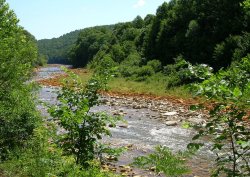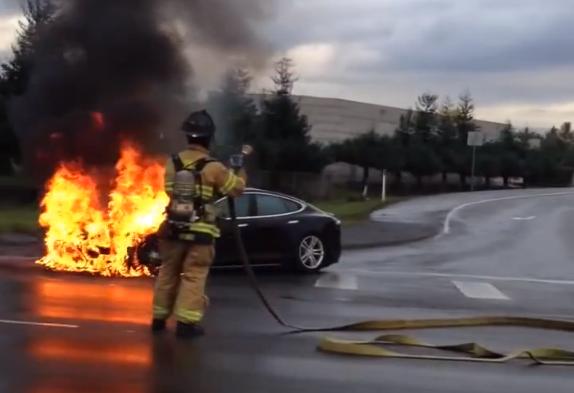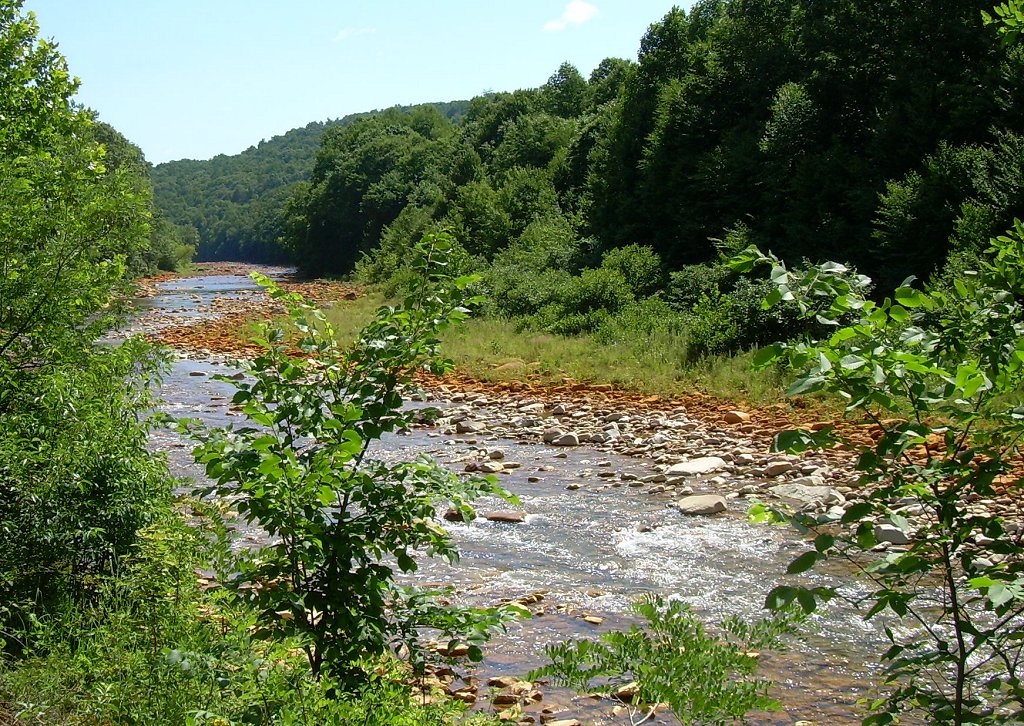
KorditeBlacklick Creek in Pennsylvania.
Frackers often treat their wastewater a little bit like sewage, passing it through water treatment plants and then flushing it into streams and rivers. It may be an improvement on pumping the stuff back into the ground, which can trigger earthquakes, but new research reveals that this can be a dangerously shitty approach to managing frack water.
Fracking, or hydraulic fracturing, entails injecting water and chemicals into the ground to break up underground rocks and release oil and gas. When that water burbles back to the surface, however, it comes back laced with traces of metals, isotopes, and other pollutants that normally sit harmlessly deep beneath the soil.
[grist-related name=”fracking-faq-the-science-and-technology-behind-the-natural-gas-boom” ]Duke University researchers studied a fracker’s wastewater treatment plant in Pennsylvania and found it removed more than 90 percent of the radioactive radium from the wastewater. But that’s not nearly enough: The researchers report in the journal Environmental Science and Technology that the radioisotopes that are slipping through the cracks in the treatment system are accumulating in alarming levels in Blacklick Creek, where the wastewater is dumped.
Radium levels in the sediments at the dumping point in the creek, which eventually flows into the Allegheny River, were found to be 200 times greater than background levels. They were “above radioactive waste disposal threshold regulations, posing potential environmental risks of radium bioaccumulation,” the scientists wrote. From Bloomberg’s coverage:
“The absolute levels that we found are much higher than what you allow in the U.S. for any place to dump radioactive material,” Avner Vengosh, a professor at the Nicholas School of the Environment at Duke University and co-author of the study, said in an interview. “The radium will be bio-accumulating. You eventually could get it in the fish.”
Hydraulic fracturing or fracking has been blamed for contaminating streams and private water wells after spills from wastewater holding ponds or leaks from faulty gas wells. Today’s report exposes the risks of disposing of the surging volumes of waste from gas fracking. The U.S. Environmental Protection Agency is developing new standards for disposing of gas drilling waste.
Blacklick Creek is already something of an aquatic wasteland, turned orange and acidic by runoff from hundreds of abandoned mines — a misfortune that residents and government agencies have been trying to mend. The latest finding is bleak news not only for the fate of those restoration efforts, but for the safety of creeks and rivers throughout the nation that are becoming dumping grounds as oil and gas companies cash in.



